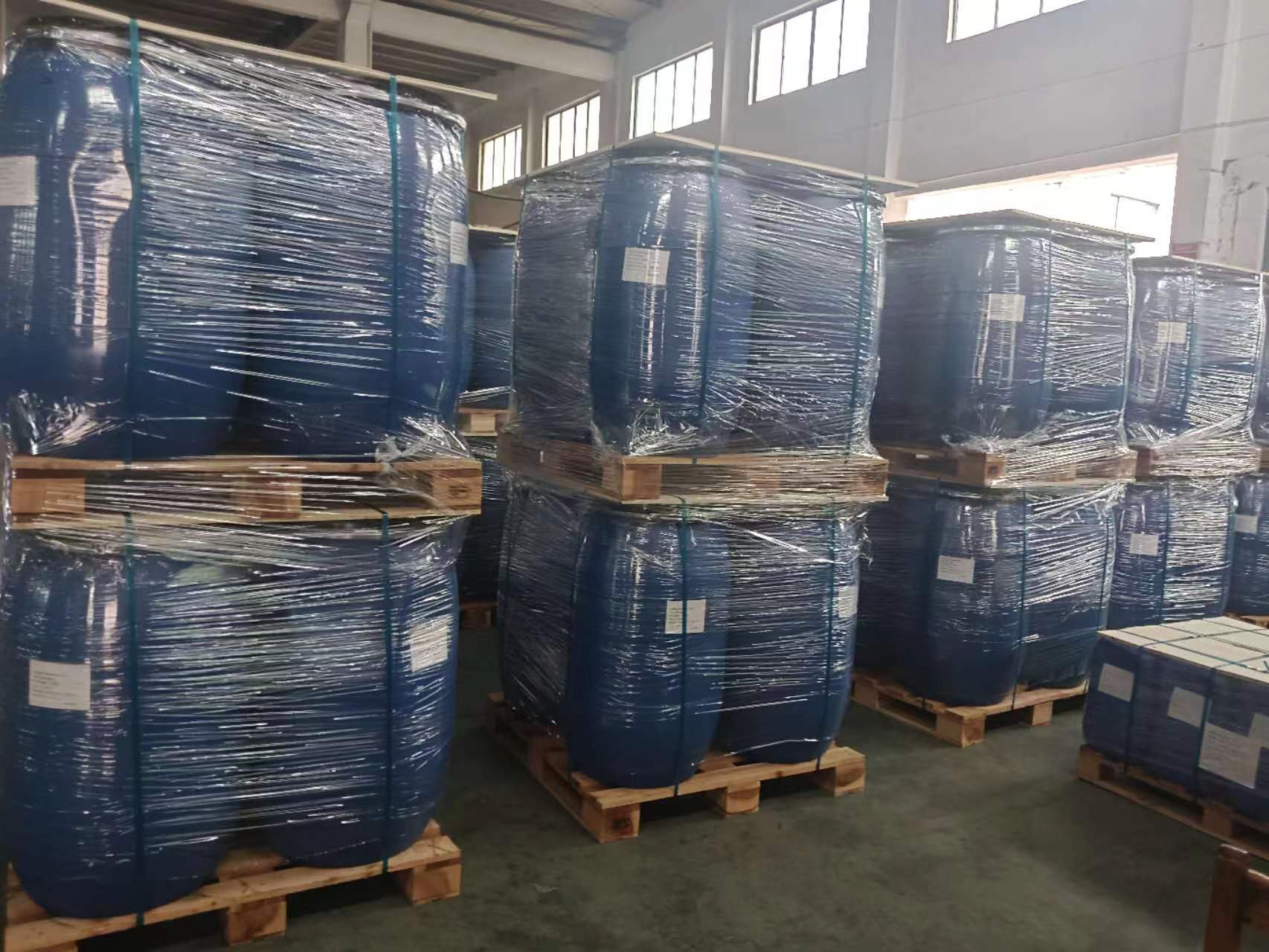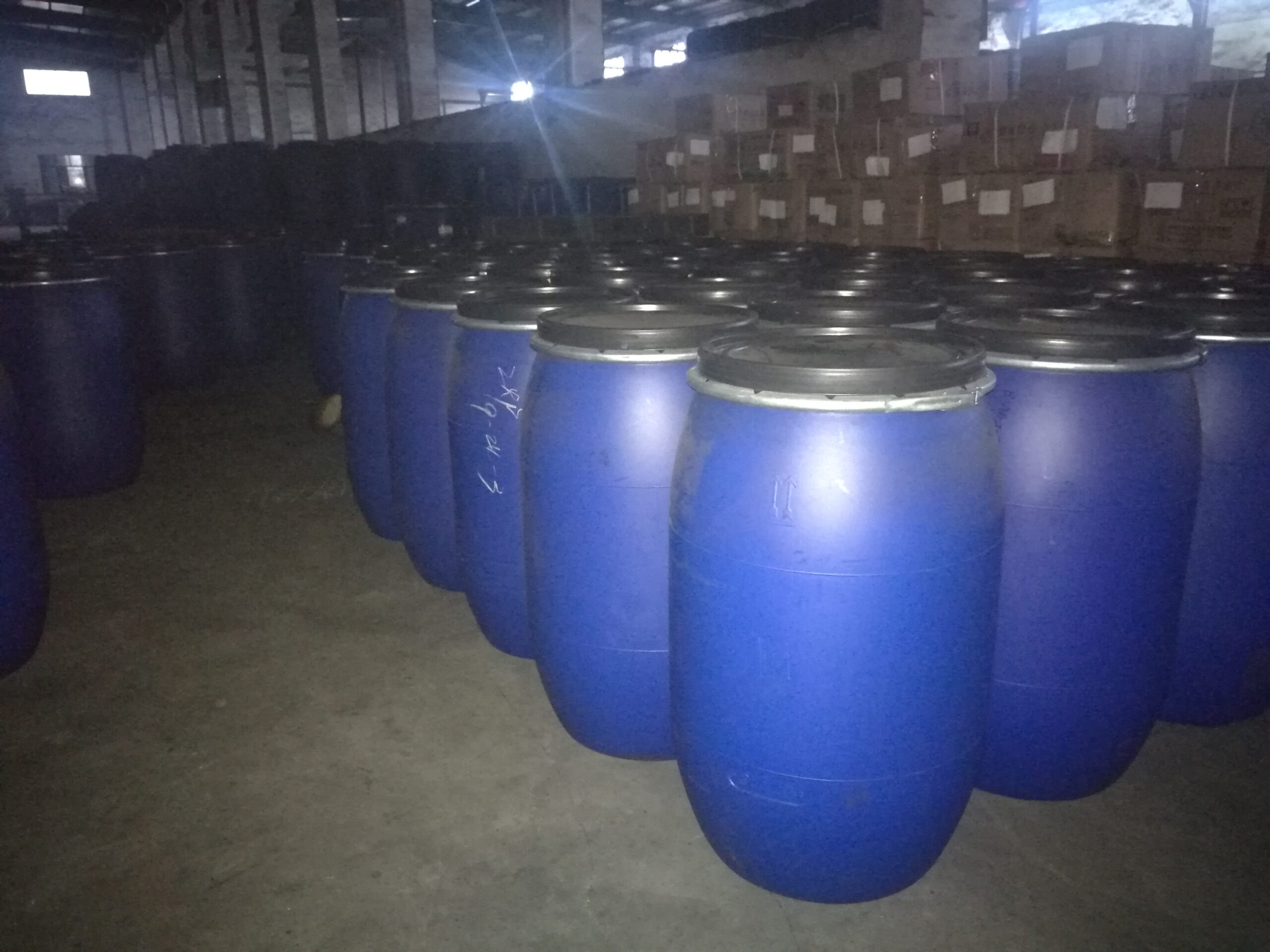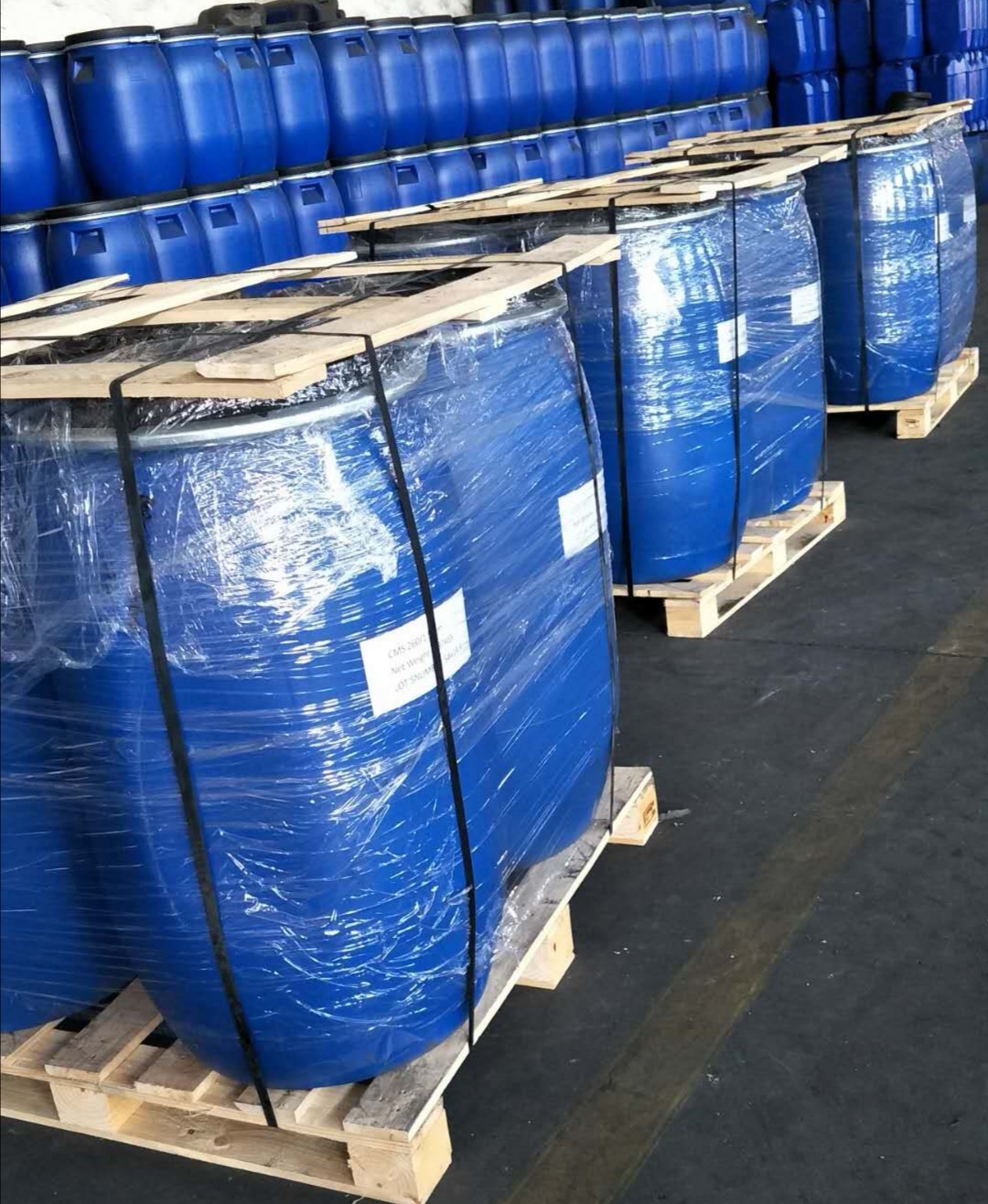Which factors can affect the adsorption performance of activated carbon?
Activated carbon, a key adsorbent in the treatment of waste gas and wastewater as well as in industrial production, demonstrates outstanding adsorption capacity due to its unique porous structure and high specific surface area. This article aims to deeply analyze the various factors that may influence the adsorption performance of activated carbon and is dedicated to providing readers with valuable insights on how to make wiser choices when selecting activated carbon products.

一、Physical properties of activated carbon
Specific surface area: The adsorption capacity of activated carbon is closely related to its specific surface area. The specific surface area, which refers to the surface area per unit mass of activated carbon, typically ranges from 500 to 1700 m²/g. The larger the specific surface area, the more adsorption sites are available, allowing for the adsorption of more pollutants. However, it should be noted that a larger specific surface area does not necessarily lead to better adsorption performance, as the compatibility between the size of the adsorbed molecules and the pore size must also be considered.
Pore size distribution: The pores of activated carbon can be classified into three types: micropores, mesopores, and macropores. Micropores, with a radius of less than 2 nanometers, are suitable for adsorbing small molecules such as gases or low-molecular-weight organic compounds; mesopores, ranging from 2 to 50 nanometers, mainly adsorb larger organic molecules; and macropores, with a diameter greater than 50 nanometers, are more suitable for adsorbing large particles or colloidal substances. When choosing activated carbon, products with a suitable pore size distribution should be selected based on the size of the pollutant molecules.
Particle size and shape: The particle size and shape of activated carbon also affect its adsorption performance. Smaller particle size leads to a larger specific surface area, thereby enhancing the adsorption effect. However, overly small particle size may increase system resistance and affect the efficiency of the process. Common shapes of activated carbon include powder, granular, and columnar forms, among which powder form has the highest adsorption efficiency, while columnar activated carbon has high mechanical strength and is suitable for applications with high mechanical strength requirements, such as waste gas treatment.
Chemical Properties of Activated Carbon
二、Surface Chemical Properties: Activated carbon not only adsorbs through physical means but also interacts with contaminants through chemical reactions thanks to its surface chemical structure, such as hydroxyl and carboxyl groups. These functional groups enhance the adsorption capacity of activated carbon for polar molecules, especially when dealing with highly polar organic pollutants. Therefore, choosing the right type of activated carbon is crucial.
The Impact of pH Value: The pH value of the solution significantly affects the adsorption performance of activated carbon. In acidic conditions (pH 3-5), activated carbon performs well, but in alkaline environments, its adsorption capacity weakens due to desorption. Thus, for wastewater or exhaust gas with different pH values, it is necessary to select the appropriate activated carbon for treatment.
The Content of Ash and Impurities: Ash and impurities in activated carbon occupy some of the active sites, reducing its effective adsorption surface area. Therefore, when choosing activated carbon, it is advisable to select products with lower ash content to ensure excellent performance in scenarios requiring high-efficiency adsorption.
三、The Influence of External Conditions on the Adsorption Performance of Activated Carbon
Temperature: At low temperatures, the adsorption process of activated carbon is more favorable because the adsorption reaction is exothermic, and low temperatures shift the adsorption equilibrium towards adsorption. However, in practical industrial applications, the relationship between temperature and adsorption efficiency needs to be balanced to select an appropriate operating temperature for maintaining high adsorption performance.
Pressure: In gas adsorption, increasing pressure enhances the adsorption capacity of activated carbon. As pressure rises, the intermolecular forces strengthen, allowing more gas molecules to be adsorbed in the pores of activated carbon. However, excessively high pressure may increase system load and even cause equipment damage or unstable operation, so pressure levels should be controlled reasonably.
In liquid-phase adsorption, the initial concentration of pollutants in the solution significantly affects the adsorption rate. Higher pollutant concentrations facilitate contact with the surface of activated carbon, accelerating the adsorption rate. However, as the concentration approaches saturation, the adsorption capacity of activated carbon gradually decreases. Therefore, in practical operations, it is essential to control the solution concentration to ensure efficient adsorption.
The Impact of Stirring and Contact Time on Activated Carbon Adsorption: Stirring intensity and contact time are also important factors affecting the adsorption performance of activated carbon. Appropriate stirring accelerates the contact between pollutants and activated carbon, thereby improving adsorption efficiency. However, insufficient contact time leads to incomplete adsorption, while excessive contact time may cause re-adsorption. Thus, in actual operations, it is necessary to find an appropriate contact time to achieve efficient and stable adsorption.

四、Regeneration and Service Life of Activated Carbon
The regenerability of activated carbon is one of its major advantages, but frequent regeneration operations may also damage its adsorption performance. During the regeneration process, the pore structure of activated carbon may be partially damaged, leading to a reduction in its specific surface area and thus affecting its adsorption capacity. Common regeneration methods include steam regeneration, chemical regeneration, and pyrolysis regeneration, and the specific method chosen depends on the application scenario.
When using activated carbon, the regeneration cycle should be reasonably designed based on the requirements of the adsorption process and flexibly adjusted according to the actual process to ensure the stability of its adsorption performance. Generally, the actual service life of activated carbon is affected by the type of adsorbed substances, usage conditions, and the selected regeneration method.
五、Application Fields and Selection of Activated Carbon
Activated carbon is widely used in multiple fields, such as water treatment, waste gas treatment, air purification, solvent recovery, and the food and pharmaceutical industries. Different fields have different demands for activated carbon, so the selection must be based on specific requirements, taking into account the physical and chemical properties of activated carbon and the usage conditions.
In the field of water treatment, activated carbon is mainly used to remove organic matter, heavy metal ions, and pigments from water. Common types include granular activated carbon and columnar activated carbon, which need to have a large specific surface area and a reasonable pore size distribution to ensure efficient removal of impurities in water.
In waste gas treatment, activated carbon is mainly used to adsorb harmful gases such as VOCs (volatile organic compounds) and sulfides. Here, high mechanical strength and long service life are key selection criteria, and commonly used types include honeycomb activated carbon and columnar activated carbon.
In addition, in the food and pharmaceutical industries, activated carbon also plays an important role, mainly for decolorization and impurity removal. In these applications, it is crucial to choose activated carbon with excellent decolorization performance and low ash content.
六、The Indispensability of Activated Carbon
The adsorption performance of activated carbon is influenced by multiple factors, including its own physical and chemical properties, as well as external usage environments and operation methods. To fully leverage the adsorption advantages of activated carbon and achieve efficient pollutant removal, these factors must be comprehensively considered. In multiple fields, such as water treatment, waste gas treatment, and industrial production, the selection of appropriate activated carbon products is of profound significance for promoting environmental protection and industrial progress.



